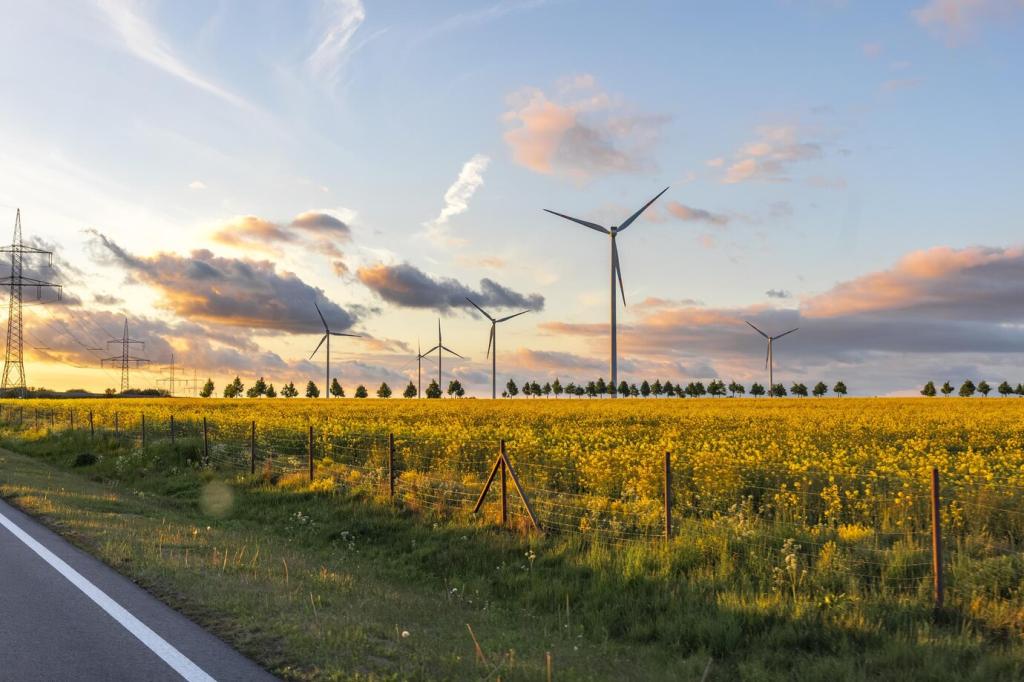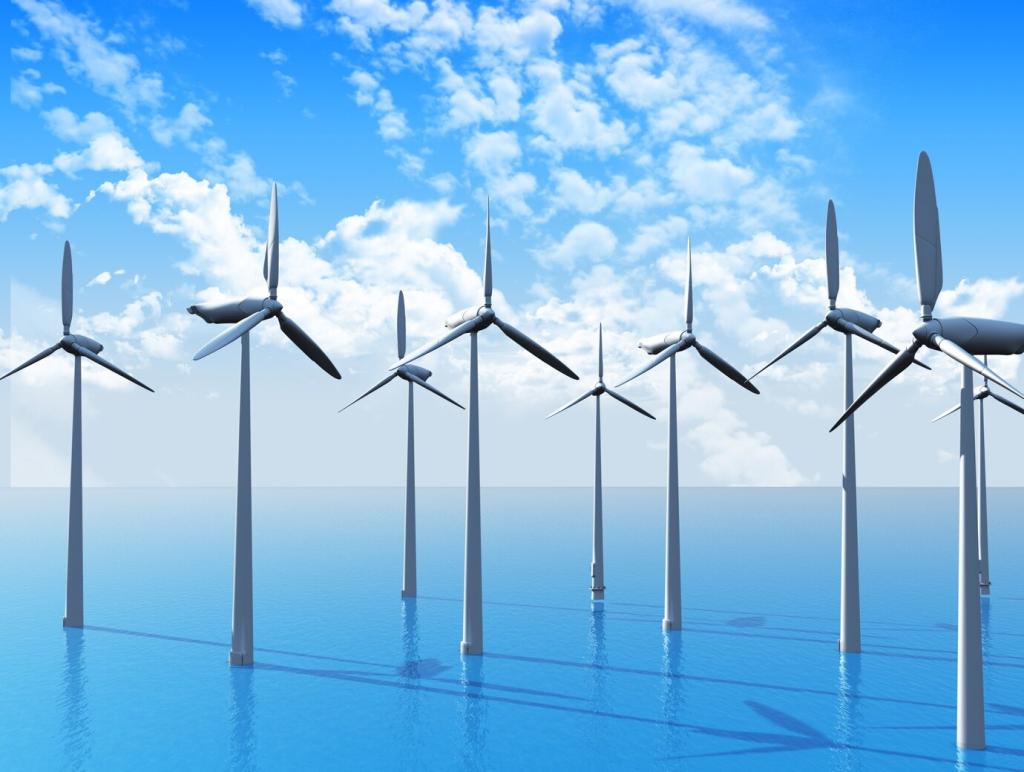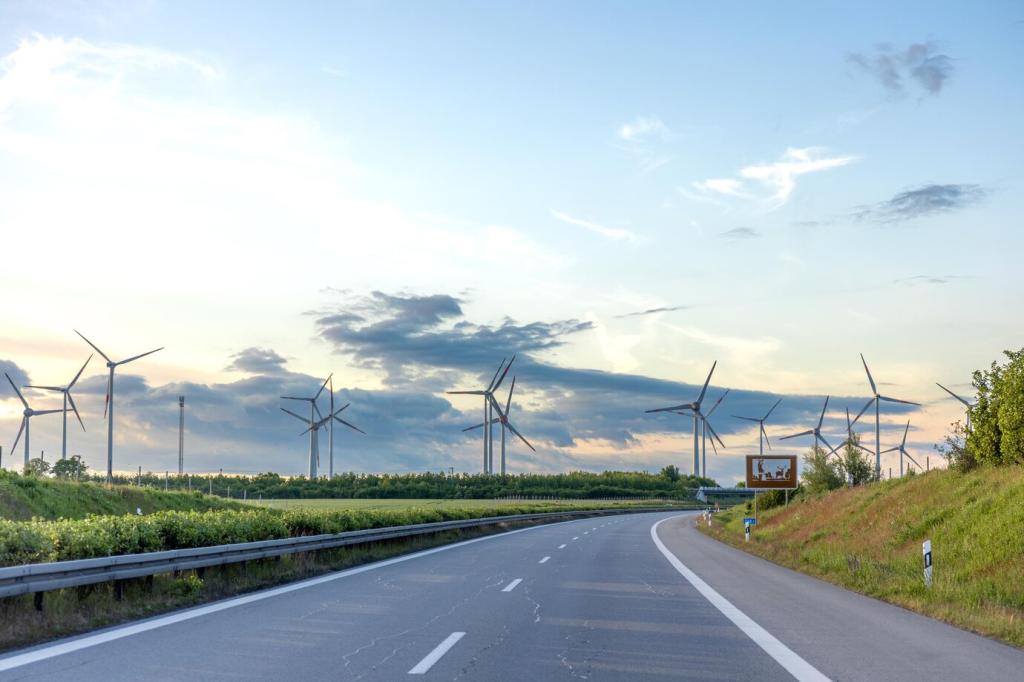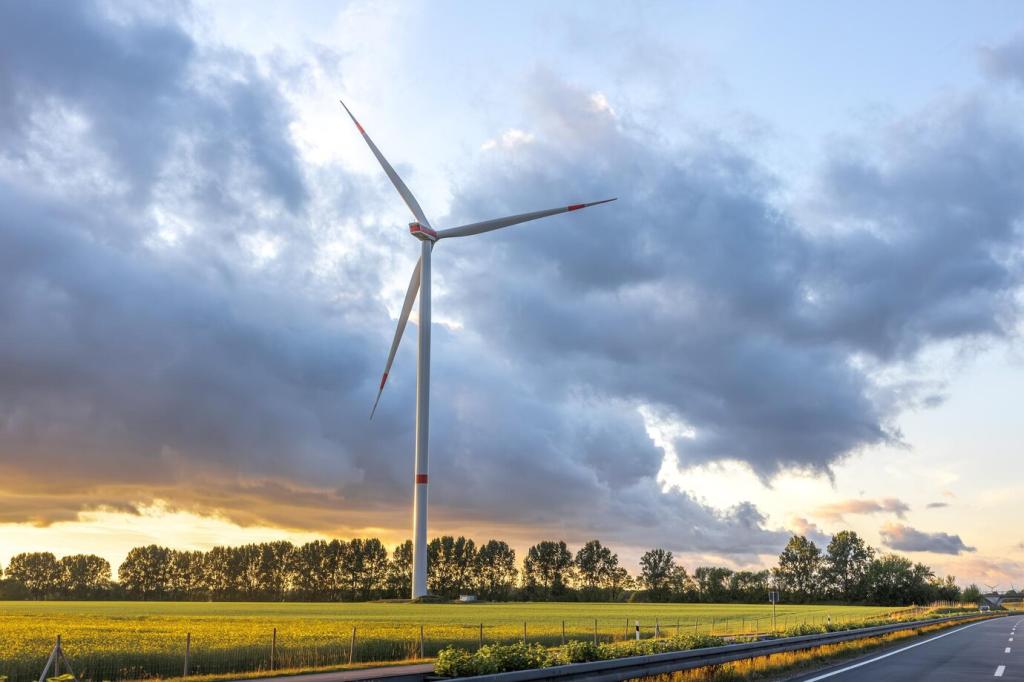
Sustainable Building Energy Systems
Sustainable building energy systems represent the integration of innovative technologies and strategies to reduce environmental impact, enhance energy efficiency, and offer healthy, comfortable environments for occupants. Embracing these systems is essential for addressing climate change, lowering operational costs, and complying with evolving regulations. By aligning with sustainable principles, these approaches not only minimize energy consumption but also promote the use of renewable resources, creating long-term value for both owners and end-users.
Foundations of Sustainable Energy in Buildings

An integrated design approach unites architects, engineers, and other professionals from the outset of a project to maximize energy efficiency. The process encourages collaboration at every stage, ensuring all building systems work harmoniously. By considering energy use, resource efficiency, and occupant needs simultaneously, integrated design leads to innovative, optimized solutions that reduce waste and enhance performance. This strategy not only addresses immediate energy demands but also anticipates future building adaptations, creating resilient structures that remain efficient over their lifetime.
The building envelope defines the boundary between indoor and outdoor environments, playing a critical role in thermal regulation. Advanced envelope systems use high-insulation materials, efficient windows, and airtight construction techniques to minimize energy loss. By preventing unwanted heat transfer and infiltration, these envelopes help maintain a consistent indoor climate with minimal reliance on heating and cooling systems. Such technologies not only lower operational costs but also contribute significantly to occupant health and wellbeing by minimizing drafts and improving indoor air quality.
Advanced Energy-Efficient Technologies
Harnessing Renewable Energy Sources
Solar energy is one of the most widely adopted renewable technologies in building projects. Photovoltaic panels convert sunlight into electricity directly, while solar thermal systems provide heating for water and interiors. Integrating solar solutions requires careful consideration of building orientation, shading, and structural support to maximize yield. Advances in storage systems and grid interconnection have made solar power more reliable and cost-effective, empowering buildings to operate independently or contribute surplus energy to the community.

Smart Controls and Energy Management
Building automation systems (BAS) provide centralized control over lighting, HVAC, security, and other key functions. Modern BAS platforms use sensors and sophisticated algorithms to monitor conditions in real time and adjust systems accordingly. This automation not only simplifies operation but also identifies opportunities for further efficiency improvements. Data-driven insights generated by BAS inform predictive maintenance, reducing downtime and extending equipment lifespans while supporting continual energy performance improvements.
Comprehensive energy monitoring empowers building managers to track consumption patterns, identify inefficiencies, and validate savings from energy conservation measures. Analytics platforms collect and interpret granular data from meters and connected devices, offering actionable insights through intuitive dashboards. These tools facilitate benchmarking against best practices or regulatory standards and can trigger alerts for anomalous performance. Continuous monitoring ensures that buildings remain aligned with sustainability goals and rapidly respond to any issues that arise.
Empowering occupants to adjust their immediate environments is an emerging trend in sustainable building energy systems. Personal control over lighting, temperature, and ventilation increases satisfaction and can lead to healthier, more productive spaces. Technologies such as adaptive lighting systems, personalized ventilation, and user-friendly interfaces allow individuals to tailor their workspace conditions, reducing the energy wasted on over-conditioning unoccupied or seldom-used areas. Balancing automation with personal feedback leads to both enhanced comfort and energy savings.
Retrofitting Existing Buildings for Sustainability
Energy Audits and Benchmarking
An energy audit is an essential first step in the retrofitting process, assessing current performance and identifying the most impactful upgrades. By establishing a detailed usage profile through benchmarking, building owners can prioritize interventions that offer the greatest return on investment. This process involves reviewing historical utility data, conducting on-site inspections, and modeling energy flows. The outcome forms a roadmap for phased improvements, targeted to specific needs and goals.
Envelope Upgrades
Improving the thermal performance of existing building envelopes substantially reduces energy demand for heating and cooling. Solutions may include insulation enhancement, high-performance window retrofits, and air-sealing measures. The implementation considers existing structural constraints and preservation requirements for historical buildings. Upgrading envelopes often results in noticeable improvements in occupant comfort, reduced moisture issues, and lower utility costs, making it one of the most cost-effective retrofit actions.
System Modernization
Modernizing building systems brings substantial gains in energy efficiency. Upgrades may involve replacing outdated boilers or chiller units with high-efficiency alternatives, introducing variable speed drives, or installing advanced control systems. Where feasible, integrating renewable energy sources further minimizes operational emissions. Careful planning ensures that new equipment complements the existing infrastructure and accommodates future technology upgrades, thus securing long-term sustainability.

Thermal Comfort Optimization
Advanced climate control strategies are focused on providing consistent thermal comfort while avoiding excessive energy consumption. Technologies such as radiant heating and cooling systems, smart thermostats, and zoned conditioning allow for responsive control that adapts to occupancy patterns and external weather. Achieving optimal thermal comfort increases user satisfaction and can reduce sickness absence, demonstrating the value of balancing energy performance with human needs.

Indoor Air Quality Enhancements
High-performing energy-efficient buildings employ airtight envelopes and advanced ventilation systems designed to maintain excellent indoor air quality. This involves careful filtration of outdoor air, control of humidity, and minimization of indoor pollutants from finishes or equipment. Introducing energy recovery ventilators maintains fresh air without excessive energy loss, supporting health and cognitive performance. Continuous monitoring ensures that air quality remains within recommended guidelines as operating conditions evolve.

Operational Cost Savings
Enhanced energy efficiency directly translates into substantial long-term savings on utility bills. High-performance systems, intelligent controls, and energy-conserving practices reduce both peak demand and overall consumption. These lower operational costs can offset upfront investment within a few years, particularly as energy prices rise. Efficient buildings also benefit from reduced maintenance requirements, as modern systems are designed for durability and ease of operation, driving even greater cost-effectiveness.

Increased Asset Value
Sustainable buildings are increasingly sought after in the real estate market. High-performing energy systems contribute to improved property value, greater marketability, and reduced vacancy periods. Certification programs and green building ratings confer additional prestige, attracting tenants and investors who prioritize environmental stewardship. As regulations tighten and public awareness grows, sustainable assets are better positioned to maintain value and deliver higher returns over the long term.

Reduced Carbon and Environmental Impact
A core motivation for sustainable energy systems is the substantial reduction in greenhouse gas emissions and other environmental harms. By minimizing consumption of fossil fuels, utilizing renewable resources, and ensuring responsible material use, sustainable buildings play a critical role in addressing climate change. Additionally, these strategies contribute to improved air and water quality within communities, supporting broader goals of public health and environmental justice.
The Future of Sustainable Building Energy Systems
Ongoing research and development deliver breakthrough technologies, such as advanced building materials with dynamic properties, AI-powered control algorithms, and next-generation energy storage. Integration of decentralized grids, vehicle-to-building energy systems, and smart appliances further supports flexible, resilient building operations. These advances promise ever-greater improvements in energy performance, sustainability, and occupant experience in the years to come.
Join our mailing list
